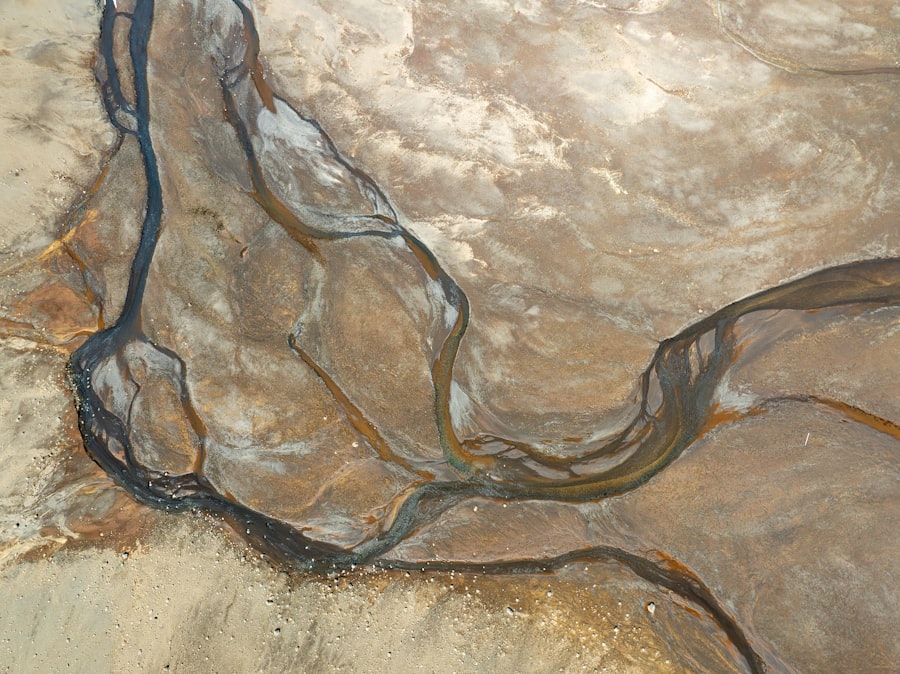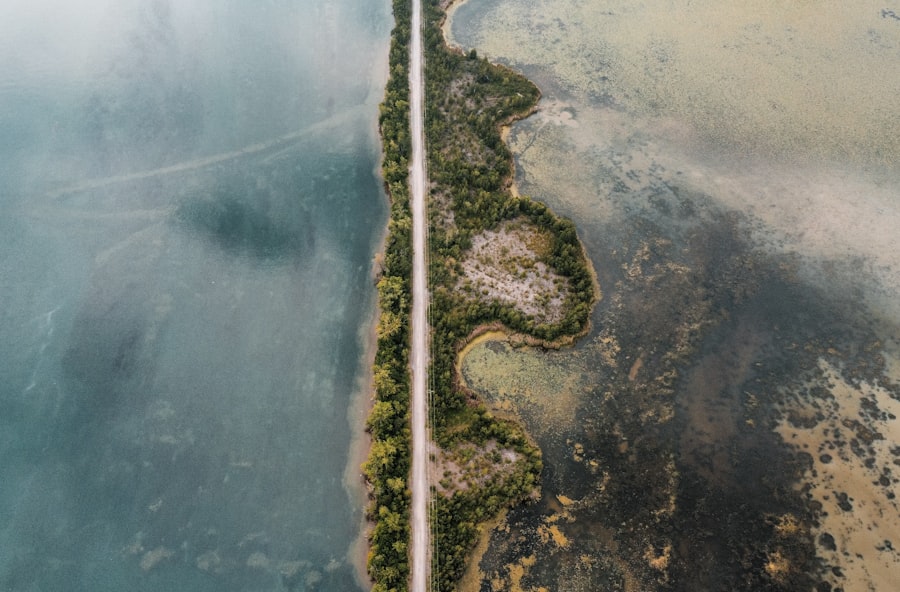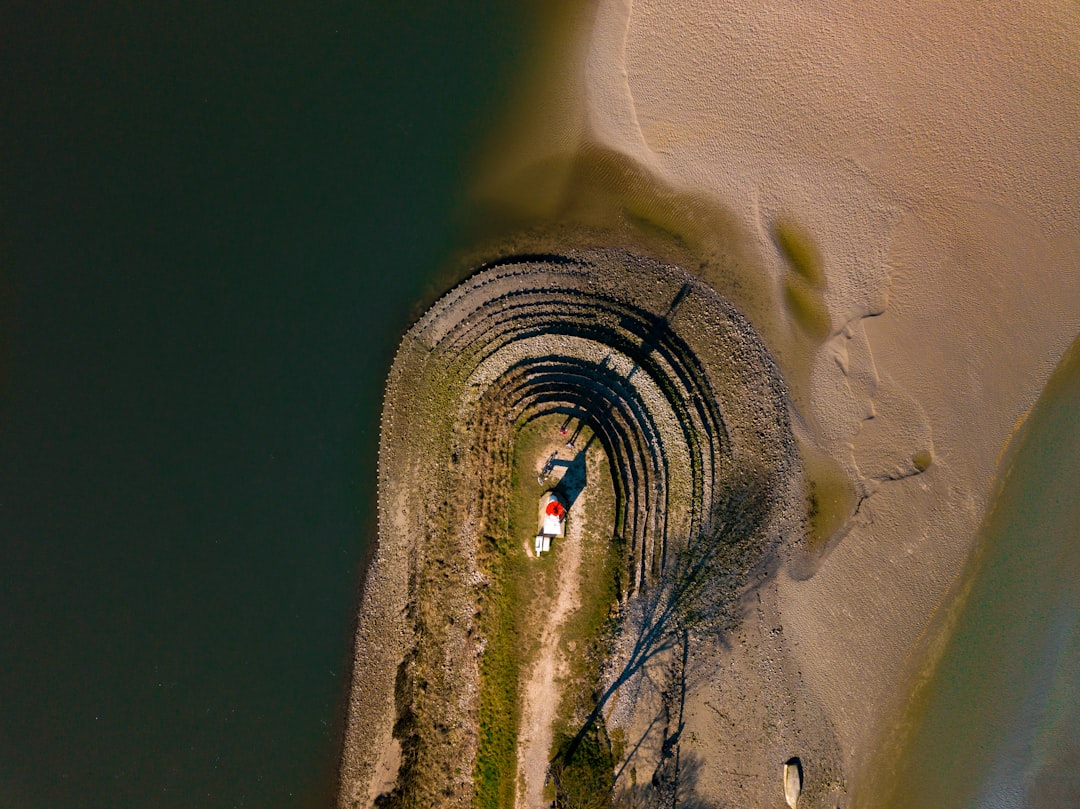The Drake Passage, a body of water that separates South America from Antarctica, is renowned for its tumultuous seas and breathtaking vistas. Named after the English explorer Sir Francis Drake, who navigated these waters in the late 16th century, the strait serves as a critical maritime corridor for vessels traveling between the Atlantic and Pacific Oceans. Stretching approximately 600 kilometers (370 miles) at its widest point, the Drake Passage is not only a geographical marvel but also a significant route for scientific research and tourism, particularly for those seeking to explore the pristine wilderness of Antarctica.
The passage is often characterized by its unpredictable weather and challenging sea conditions, which can change rapidly. This unpredictability has earned it a reputation as one of the most treacherous waterways in the world. Despite these challenges, the Drake Passage remains a vital link for shipping and exploration, drawing adventurers and researchers alike who are eager to experience its unique environment.
The allure of the passage lies not only in its natural beauty but also in the rich tapestry of history and exploration that it embodies.
Key Takeaways
- The Drake Passage is a narrow strait between South America’s Cape Horn and the South Shetland Islands of Antarctica, known for its challenging weather and strong currents.
- The geographical significance of the Drake Passage lies in its role as the only connection between the Pacific and Atlantic Oceans, allowing for the circulation of water and marine life between the two.
- The weather and climate patterns in the Drake Passage are characterized by strong winds, rough seas, and rapidly changing conditions, making it one of the most challenging maritime environments in the world.
- Navigational challenges in the Drake Passage include icebergs, strong currents, and unpredictable weather, requiring experienced and skilled crew and advanced navigation equipment.
- Safety measures and precautions for crossing the Drake Passage include thorough vessel inspections, emergency drills, and adherence to strict safety protocols to ensure the well-being of passengers and crew.
Understanding the geographical significance of the Drake Passage
Geographically, the Drake Passage plays a pivotal role in global ocean currents and climate regulation. It serves as a conduit for the Antarctic Circumpolar Current, which encircles Antarctica and connects the Atlantic, Pacific, and Indian Oceans.
The passage’s unique position allows for the mixing of cold polar waters with warmer currents from the north, creating a dynamic marine environment that supports diverse ecosystems. Moreover, the Drake Passage acts as a natural barrier that influences weather patterns on both sides of the strait. The Andes mountains to the west and the Antarctic Peninsula to the south create distinct climatic zones, leading to variations in precipitation and temperature.
This geographical significance extends beyond mere navigation; it impacts marine biodiversity and influences global weather systems, making it an area of interest for climatologists and oceanographers alike.
Weather and climate patterns in the Drake Passage

The weather in the Drake Passage is notoriously volatile, characterized by strong winds, heavy seas, and rapidly changing conditions. The region experiences a maritime climate, with cool temperatures year-round and frequent storms that can arise with little warning. The passage is often referred to as “the Roaring Forties,” a term that describes the strong westerly winds found between 40 and 50 degrees latitude.
These winds can create formidable waves that pose significant challenges for vessels attempting to navigate through the strait. During the summer months, from November to March, conditions tend to be more favorable for crossing the Drake Passage. Temperatures can rise to a relatively mild range, making it a popular time for tourists and researchers to embark on expeditions to Antarctica.
However, even during this period, travelers must remain vigilant, as sudden storms can still occur. The winter months bring harsher conditions, with freezing temperatures and increased storm activity, making navigation particularly perilous.
Navigational challenges in the Drake Passage
| Challenge | Description | Impact |
|---|---|---|
| Strong Winds | High wind speeds make navigation difficult | Increased risk of ship instability |
| Rogue Waves | Unpredictable large waves | Potential damage to vessels |
| Narrow Passages | Tight spaces between islands and icebergs | Requires precise navigation |
| Icebergs | Potential collision hazards | Risk of damage to ships |
Navigating the Drake Passage presents numerous challenges for mariners due to its unpredictable weather patterns and strong currents. The combination of high winds and large swells can create treacherous conditions that test even the most experienced sailors. Additionally, the strait’s narrow width means that vessels must be particularly cautious when maneuvering through its waters, especially when encountering other ships or icebergs.
The presence of icebergs is another significant navigational concern in the Drake Passage. As glaciers calve from Antarctica, they create floating ice masses that can pose hazards to navigation. Mariners must be adept at using radar and other navigational tools to detect these icebergs and avoid potential collisions.
Furthermore, the strait’s remoteness means that assistance may be far away in case of an emergency, underscoring the importance of careful planning and preparation before embarking on a journey through this challenging waterway.
Safety measures and precautions for crossing the Drake Passage
Given the inherent risks associated with crossing the Drake Passage, safety measures are paramount for ensuring a successful voyage. Vessels must be equipped with advanced navigation systems, including GPS and radar technology, to monitor weather conditions and detect obstacles such as icebergs. Additionally, crews should undergo rigorous training in emergency procedures to prepare for potential crises that may arise during their journey.
Travelers embarking on expeditions through the Drake Passage should also take personal safety precautions. This includes wearing appropriate clothing to protect against cold temperatures and rough seas, as well as securing personal belongings to prevent them from being tossed about during turbulent conditions. It is advisable for passengers to familiarize themselves with safety protocols provided by their vessel’s crew, including evacuation procedures and life jacket usage.
By prioritizing safety measures, both crew members and passengers can enhance their chances of navigating this formidable passage successfully.
Wildlife and marine life encounters in the Drake Passage

The Drake Passage is not only known for its challenging conditions but also for its rich biodiversity. The waters are teeming with marine life, making it a prime location for wildlife enthusiasts and researchers alike. Among the most iconic species found in this region are various types of whales, including humpback whales, orcas, and blue whales.
These majestic creatures often migrate through the passage during feeding seasons, providing opportunities for unforgettable encounters. In addition to whales, seabirds such as albatrosses and petrels are commonly spotted soaring above the waves. These birds are well adapted to life at sea and can cover vast distances while searching for food.
The presence of krill—tiny crustaceans that serve as a primary food source for many marine species—further enhances the ecological significance of the Drake Passage. The interplay between these various species creates a vibrant marine ecosystem that captivates those fortunate enough to witness it firsthand.
Historical significance and exploration of the Drake Passage
The historical significance of the Drake Passage is deeply intertwined with exploration and maritime history. Sir Francis Drake’s voyage in 1578 marked one of the first recorded crossings of this strait, paving the way for future explorers seeking new trade routes and territories. Over the centuries, numerous expeditions have ventured through these waters, contributing to our understanding of geography and navigation.
In more recent history, the passage has been a focal point for scientific research related to climate change and oceanography. Researchers have utilized this unique location to study ocean currents, marine ecosystems, and their responses to environmental changes. The legacy of exploration continues today as adventurers embark on journeys through the Drake Passage to experience its natural beauty while contributing to ongoing scientific endeavors.
Choosing the right vessel for crossing the Drake Passage
Selecting an appropriate vessel for crossing the Drake Passage is crucial for ensuring safety and comfort during the journey. Various types of ships are available for this purpose, ranging from large cruise liners designed for tourism to smaller expedition vessels equipped for research purposes. Each type of vessel offers distinct advantages depending on travelers’ preferences and objectives.
For those seeking a more intimate experience with nature, smaller expedition ships may be ideal as they can navigate closer to shorelines and ice formations. These vessels often provide opportunities for guided excursions on land or kayaking adventures in pristine waters. Conversely, larger cruise ships may offer more amenities and comforts but may lack access to some of the more remote areas of interest.
Ultimately, choosing the right vessel involves considering factors such as group size, desired activities, and budget constraints.
Tips for preparing for a journey through the Drake Passage
Preparation is key when embarking on a journey through the Drake Passage. Travelers should begin by researching their chosen expedition thoroughly, familiarizing themselves with itineraries, safety protocols, and onboard amenities. Packing appropriately is essential; layers of clothing designed for cold weather are recommended due to fluctuating temperatures and potential exposure to wind and spray from waves.
Additionally, travelers should consider their physical fitness levels before undertaking such an adventure. While many expeditions cater to varying levels of experience, being in good health can enhance one’s ability to enjoy activities such as hiking or kayaking during shore excursions. It is also wise to consult with healthcare professionals regarding any necessary vaccinations or medications needed for travel in remote areas.
Alternative routes and options for crossing the Drake Passage
While crossing the Drake Passage is often seen as a rite of passage for those heading to Antarctica, alternative routes exist that may offer different experiences or logistical advantages. One such option is flying directly into research stations or tourist hubs on Antarctica’s mainland or islands like King George Island. This method bypasses the often tumultuous waters of the passage altogether but may limit opportunities for wildlife encounters typically experienced during sea crossings.
Another alternative involves taking longer routes around South America via coastal passages or utilizing other maritime corridors that connect different regions without directly traversing through the strait itself. These options may appeal to travelers seeking more leisurely journeys or those who wish to explore additional destinations along their route.
The unique experience of navigating the Drake Passage
Navigating the Drake Passage is an adventure unlike any other—a blend of natural beauty, historical significance, and ecological wonderment wrapped in an atmosphere of unpredictability. For those who dare to cross its waters, it offers not only a gateway to Antarctica but also an opportunity to witness some of nature’s most awe-inspiring spectacles. From encounters with majestic whales to breathtaking views of icebergs against a backdrop of rugged mountains, every moment spent in this remarkable strait leaves an indelible mark on travelers’ hearts.
As explorers continue to traverse these challenging waters, they contribute to a legacy that honors both human curiosity and respect for nature’s power.
The Drake Passage, a notorious stretch of water between the southern tip of South America and Antarctica, is renowned for its challenging sailing conditions and rich marine biodiversity. For those interested in exploring more about the geographical significance and the adventurous spirit of navigating such waters, you might find the article on MyGeoQuest particularly insightful. This resource delves into various geographical wonders and offers a deeper understanding of the natural phenomena that make the Drake Passage a unique and formidable maritime route.
WATCH NOW! Drake Passage: Earth’s Deadliest Waters Revealed
FAQs
What is the Drake Passage Strait?
The Drake Passage Strait is a body of water located between the southern tip of South America (Cape Horn) and the South Shetland Islands of Antarctica. It connects the southwestern part of the Atlantic Ocean with the southeastern part of the Pacific Ocean.
Why is the Drake Passage considered one of the most treacherous sea routes in the world?
The Drake Passage is known for its notoriously rough seas and strong winds, making it one of the most challenging and dangerous sea routes for maritime navigation. The convergence of the Atlantic, Pacific, and Southern Oceans in this region creates powerful currents and unpredictable weather conditions.
What is the significance of the Drake Passage Strait?
The Drake Passage serves as a crucial gateway for the circulation of ocean currents and marine life between the Atlantic and Pacific Oceans. It also plays a key role in the global climate system, as the strong winds and currents in the region influence the exchange of heat and carbon dioxide between the ocean and the atmosphere.
How is the Drake Passage used for scientific research?
The unique oceanographic and atmospheric conditions in the Drake Passage make it an important area for scientific research. Researchers study the passage to better understand ocean circulation, climate dynamics, and marine ecosystems. It is also a popular area for studying the effects of climate change on the Southern Ocean.
Are there any challenges for ships crossing the Drake Passage?
Ships crossing the Drake Passage face challenges such as extreme weather, rough seas, and icebergs. These conditions can make navigation difficult and require vessels to have strong hulls and experienced crews. Many cruise ships and research vessels traverse the passage each year, often encountering rough seas but also experiencing the unique beauty of the region.
